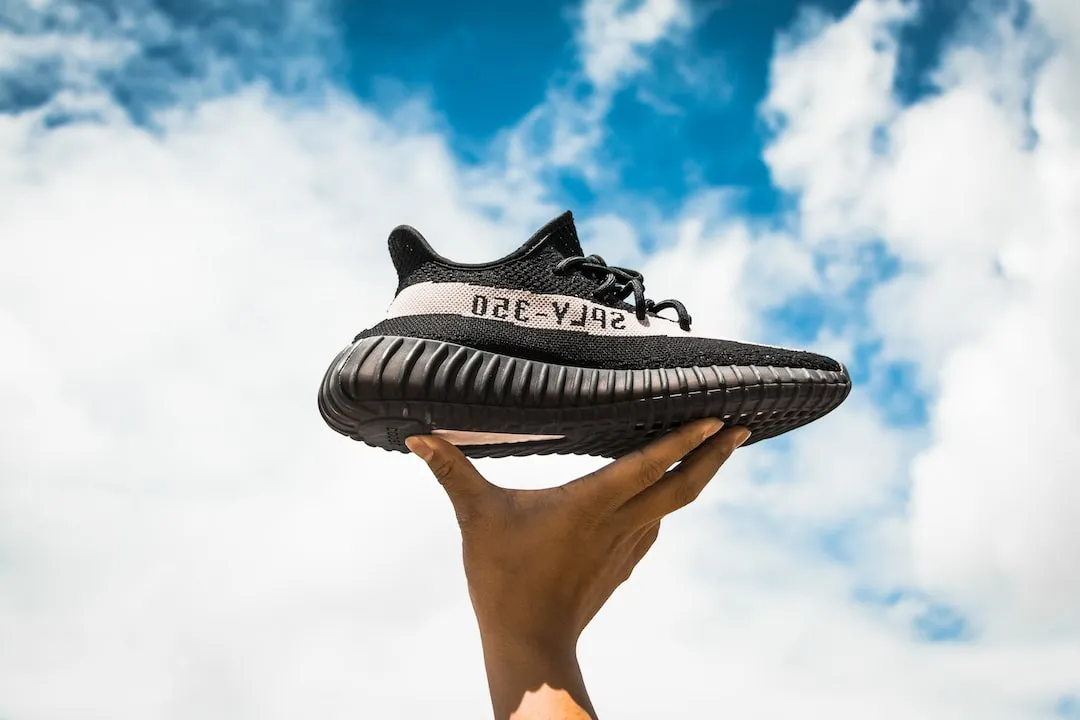"To invent, you need a good imagination and a pile of junk."
- Thomas A. Edison -
It's how God wired my brain...
For me, inventing is like breathing. Any and everything I look at is fertile ground for improvement.
That's why, in the mid 1970's, I came up with the concept for the "JV Canals."

J.V. Components was a shoe-sole factory.
Image courtesy of Samuel Zeller and http://unsplash.com
I once worked in a plastics factory.
J.V. Components was a manufacturer of "unit soles." A unit sole is a single shoe bottom made from a mold of rubber or plastic. It includes the sole and the platform heel, or wedge. In other words, it is the base of the shoe, up to, but not including, the leather or fabric upper.
The company employed me as a maintenance technician at their Conway, New Hampshire plant. Within the large, steel-frame building, row upon row of English and Italian-made plastic injection molding machines ran day and night, making literally tons of unit soles.
Though some were PVC, most of the unit soles were made of Kraton, a thermoplastic rubber.

J.V. Components Made "Unit Soles"
Image courtesy of Daniel Chen and http://unsplash.com
It was a labor-intensive process.
Operators pulled pairs of soles out of molds with pliers, placing them on wire-mesh racks so the Kraton could cool.
Next, soles were boxed and moved to a room where they were immersed in a chlorinating bath to harden the outer surface of the rubber.
I couldn't help myself.
Looking at all the manual steps involved in that process, I imagined a new and better way. I approached management with my idea. Realizing the huge savings offered, they adopted it.
What was my grand idea?
J.V. maintenance engineers eliminated the cooling racks and built water-filled, stainless steel troughs in their place. Subdivided polyethelyne crates waited, submerged, in the canal.
In my new design, when operators pulled the unit soles from the mold, they placed them directly into compartments in the submerged crates. There, the unit soles cooled quickly. The crates were moved along the canal with a hydraulic ram.
The same crates went through the chlorination bath. This eliminated the labor of racking, unracking, packing and unpacking the soles repeatedly between operations.
As you might imagine, all the labor my invention saved added up.
The canals reduced labor costs by $75,000 per year.
The plant manager was so happy about the savings that he gave me my last day off with pay. If I recall correctly, my day's pay at that time was less than $100...
Adjusting for inflation, the present value of what I invented would be considerably higher.

You are only worth what you can negotiate.
Image courtesy of Steve Buissinne and http://pixabay.com
Savings in 2017 dollars would be $300,000.
Year after year. And that accounted for the Conway plant alone. J.V. Components had several other simlar plants in other locations where the J.V. Canals could be applied.
There's a moral to this tale.
You are only worth what you can negotiate.
Had I been a more astute negotiator, I might have been better rewarded. I knew little about negotiating at the time.
Here's your tip for the day.
No matter what you do, you can't go wrong if you spend some time learning negotiating skills. Your worth in any situation is subjective. You want it evaluated to your best advantage.
An employer or client will always try to gain your services at the lowest possible cost. Don't give away the farm like I did. Be prepared in advance to negotiate a fair exchange.
FIN
LOOK! Check out our amazing product:
>>CLICK HERE!<<
You are why I'm here on Steemit!
I have very eclectic interests and hope, over time, to write about them all.
⬇️To Check Out @creatr's World⬇️CLICK Each Image Below⬇️

|

|

|
